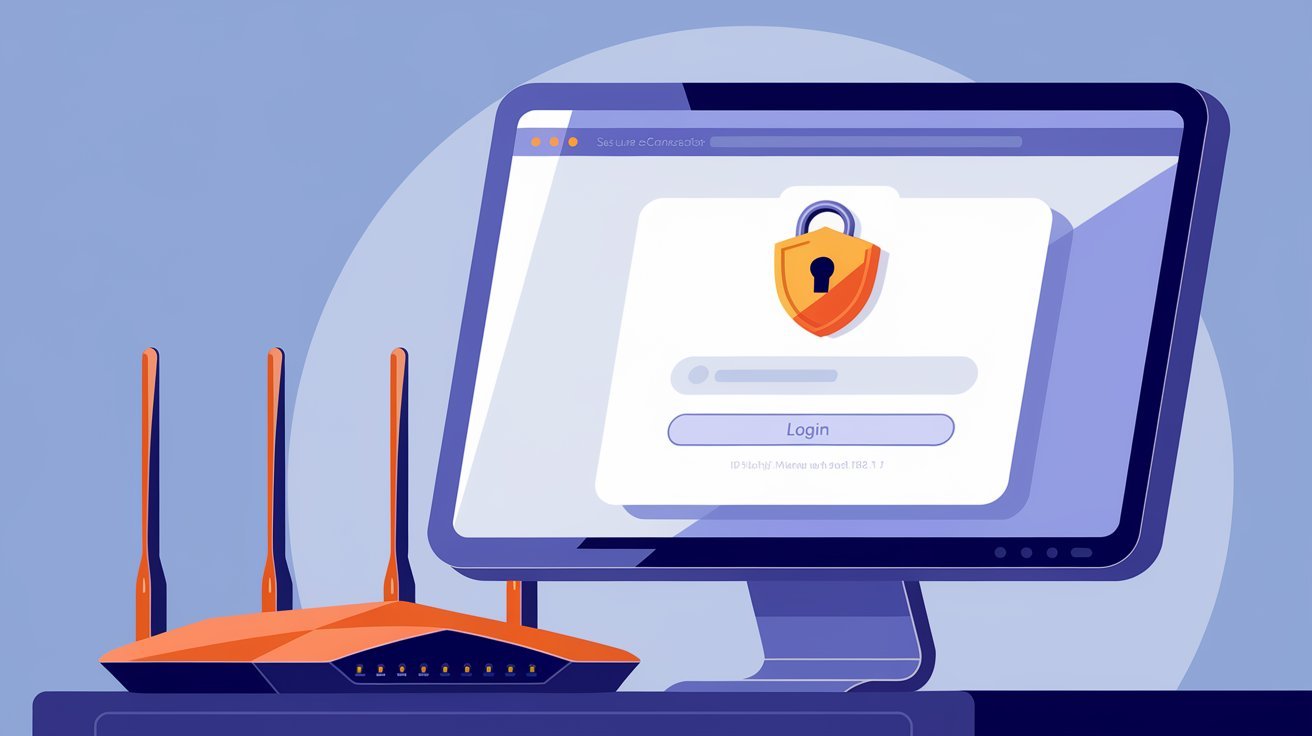What Is 192.1y8.1.1? Complete Guide to Router Login & Settings
Introduction to 192.1y8.1.1
If you’ve stumbled upon the IP address “192.1y8.1.1” while trying to configure your router or troubleshoot your network connection, you’re not alone. Many users encounter this IP address and wonder what it means, why it doesn’t work, and what they should be using instead. In this guide, we’ll explore the details of “192.1y8.1.1,” explain its likely origin, how it differs from legitimate router IP addresses, and how to correctly access your router’s admin panel for settings and configuration.
Is 192.1y8.1.1 a Valid IP Address?
The first thing to understand is that “192.1y8.1.1” is not a valid IP address. In standard IPv4 format, an IP address consists of four numerical blocks (called octets) separated by periods. Each block must contain numbers only, ranging from 0 to 255. The presence of the character “y” in “192.1y8.1.1” renders it invalid. Most likely, it’s a common typographical error when users intend to type “192.168.1.1,” which is a standard private IP address used by many routers as the default gateway.
Common Reasons You See 192.1y8.1.1
Many users come across “192.1y8.1.1” when:
- Following incorrect instructions online
- Typing too quickly and making a typo
- Reading a poorly formatted tutorial
- Misremembering the correct IP address
Because of this, it’s important to verify the correct IP before trying to log into your router. Trying to access an invalid IP like 192.1y8.1.1 in your browser will result in an error message such as “This site can’t be reached.”
What Should You Use Instead?
The correct IP address for most home routers is usually one of the following:
- 192.168.1.1
- 192.168.0.1
- 192.168.1.254
- 10.0.0.1 (for some ISPs like Comcast)
These are private IP addresses set by router manufacturers to serve as gateways to the admin interface. To access your router’s settings, you should enter the correct IP address into the address bar of your web browser (e.g., http://192.168.1.1).
How to Find Your Correct Router IP Address
If you’re not sure what your router’s IP address is, here’s how you can find it:
On Windows:
- Press Windows + R, type
cmd, and press Enter. - In the Command Prompt, type
ipconfigand hit Enter. - Look for “Default Gateway” under your network adapter. That’s your router’s IP.
On macOS:
- Open System Preferences > Network.
- Select your network (Wi-Fi or Ethernet).
- Click on “Advanced,” then go to the “TCP/IP” tab.
- The router’s IP address will be listed as “Router.”
Logging into the Router Admin Panel
Once you’ve found the correct IP address (likely 192.168.1.1), follow these steps:
- Open a web browser.
- Type the IP address in the address bar and hit Enter.
- You should see a login screen asking for a username and password.
Most routers use default credentials unless changed by the user. Common combinations include:
- Username: admin | Password: admin
- Username: admin | Password: password
- Username: user | Password: user
If those don’t work, check the sticker on the back of your router or consult your ISP or router documentation.
Changing Router Settings Safely
Inside the admin panel, you can adjust various settings like:
- Wi-Fi network name (SSID) and password
- Security protocols (WPA2, WPA3)
- Parental controls
- Port forwarding rules
- Firmware updates
Make changes carefully. Avoid altering settings you don’t understand, as misconfigurations can lead to loss of connectivity.
Troubleshooting When You Can’t Log In
If you can’t access the admin panel—even with the correct IP address—here are some things to try:
- Check Your Connection: Ensure your device is connected to the router (via Wi-Fi or Ethernet).
- Restart Your Router: Unplug it for 30 seconds, then plug it back in.
- Try a Different Browser or Device: Sometimes browser settings or extensions block access.
- Reset Your Router: If nothing works and you need access, press the reset button (usually a small pinhole) on the router for 10 seconds. This resets all settings, including login credentials.
Securing Your Router
Leaving your router on default settings can expose it to security risks. Here’s how to protect it:
- Change the Default Username and Password
- Enable WPA3 or WPA2 Encryption for Wi-Fi
- Disable Remote Access Unless Needed
- Keep Firmware Updated
- Monitor Connected Devices Regularly
Security is not just about your devices—it starts at the network level, and your router is the gateway to everything.
Summary: What You Need to Know About 192.1y8.1.1
To recap:
- 192.1y8.1.1 is an invalid IP address due to the character “y.”
- Most likely, users mean 192.168.1.1 when typing it.
- Use Command Prompt (Windows) or System Preferences (macOS) to find the correct IP.
- Log in using a browser and update settings only if you understand the implications.
- Always change default credentials and keep firmware updated to ensure network safety.
Final Thoughts
Mistyping an IP address like 192.1y8.1.1 is a small but common mistake that can cause a lot of confusion. Knowing how to identify and correct the issue not only saves time but also helps you take better control of your home network. As we become more dependent on connected devices, understanding router settings—even at a basic level—is becoming a necessary digital skill. So next time you’re setting up your network or helping someone else, remember: it’s 192.168.1.1, not 192.1y8.1.1.
Read Also Our This Post: Best Qullnowisfap Products You Should Know About in 2025







